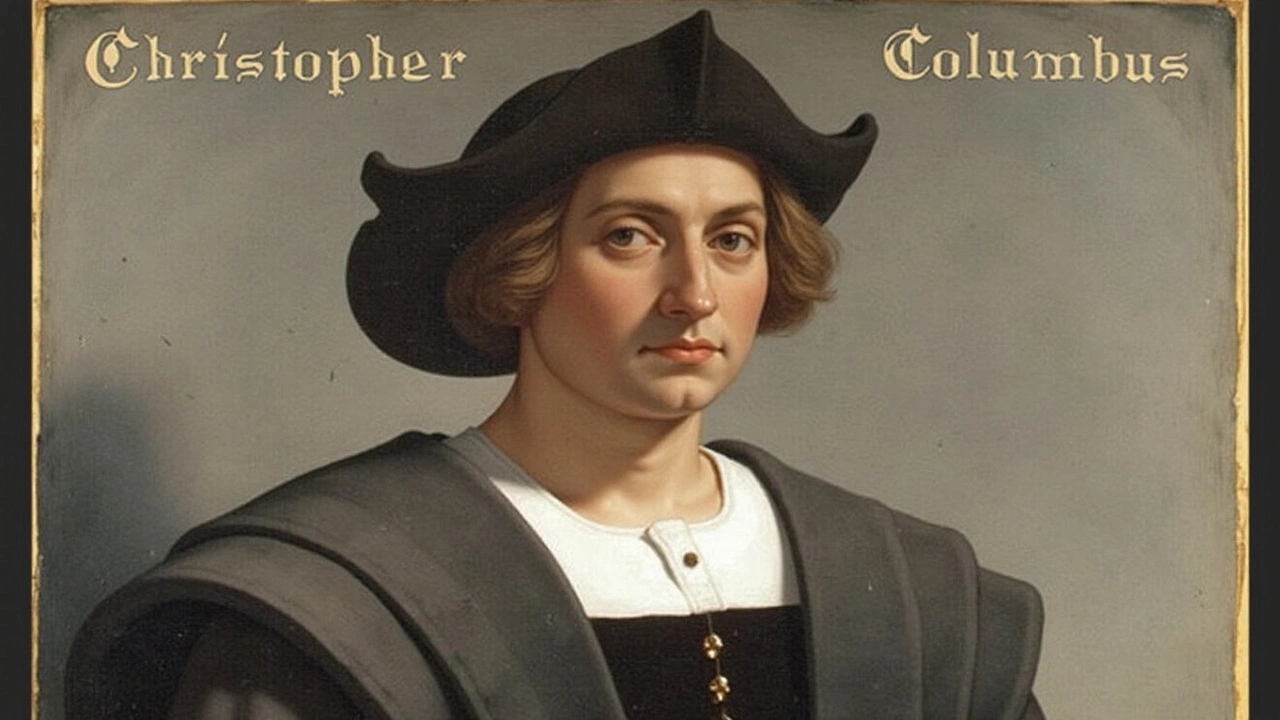Christopher Columbus — quick facts, why people argue, and where to read more
Christopher Columbus is one of those names everyone knows. He made four Atlantic voyages starting in 1492, sailing with the Nina, the Pinta and the Santa María. He didn’t reach mainland North America; his first landfall was in the Caribbean (today’s Bahamas and Hispaniola). That basic timeline answers the who, when and where — but it doesn’t explain why Columbus still sparks heated debate.
What he did — the simple facts
Columbus sailed for Spain, hoping to find a westward route to Asia. His voyages opened sustained contact between Europe and the Americas. That contact led to trade, plants and animals moving across oceans, and new maps that changed how people saw the world. At the same time, his expeditions began a chain of events that transformed Indigenous societies in ways that were often brutal and deadly.
Why he’s controversial
People argue about Columbus for three main reasons: his treatment of Indigenous people, the long-term effects of colonisation, and how we remember him. Historical records show forced labour, violence and harsh punishments in the colonies set up after his arrival. Those actions helped start systems that brought disease, dispossession and population collapse to many Indigenous communities. That’s why some places replaced Columbus Day with Indigenous Peoples’ Day or removed statues of Columbus.
If you want to think about Columbus without getting stuck in slogans, here’s a practical way to approach it: look at primary sources (Columbus’s letters and royal documents), read modern historians who use those sources, and include Indigenous perspectives. Primary accounts tell you what Columbus and his sponsors wrote and thought. Indigenous accounts and modern scholarship explain the human cost and long-term consequences.
Want readable books? Try Charles C. Mann’s 1491 for pre-contact Americas, Howard Zinn’s shorter takes on Columbus’s impact, and Laurence Bergreen’s Columbus biographies for voyage details. For academic depth, search JSTOR or university libraries for recent papers on early colonial policies and Taíno history.
Travel tip: if you’re curious to experience the history on the ground, Genoa (Columbus’s birthplace), Palos de la Frontera in Spain (the fleet’s departure point), and Santo Domingo in the Dominican Republic (sites like the Alcázar de Colón) have museums and archives. When you visit, seek out exhibits that present multiple viewpoints — local guides often highlight Indigenous stories that older museums left out.
Ask questions when you read or visit: whose voice is missing? Which documents are cited? How do modern scholars interpret the same events? That simple practice keeps the topic balanced and helps you form your own view without repeating myths.
If you want more reads or a short list of primary sources and museums, check the related articles on this site. It’s an easy next step if you want deeper sources or contrasting viewpoints about Columbus and his legacy.

Genetic Study Links Christopher Columbus to Sephardic Jewish Ancestry
Keabetswe Monyake Oct 14 18A groundbreaking study by Spain's University of Granada links Christopher Columbus to Sephardic Jewish ancestry through an analysis of his son Hernando Colón's DNA. The research, led by forensic scientist José Antonio Lorente, suggests genetic ties to the Iberian Peninsula, where Jews thrived in medieval times. The findings may reshape understandings of Columbus's heritage and historical motivations.
More Detail